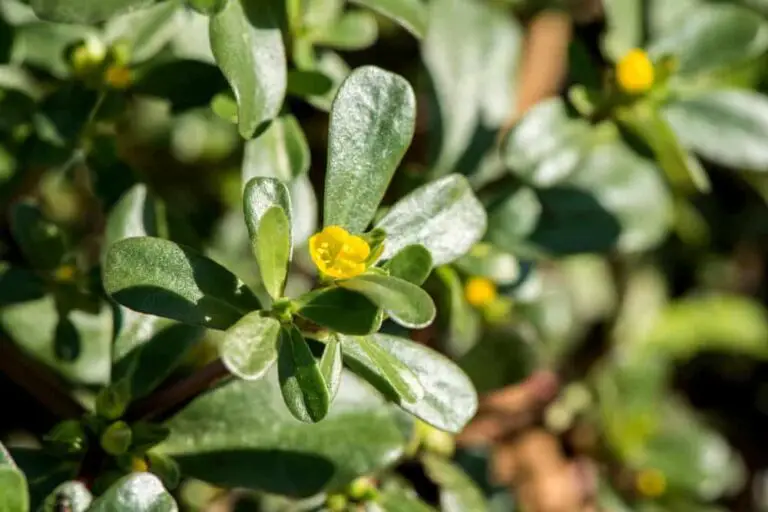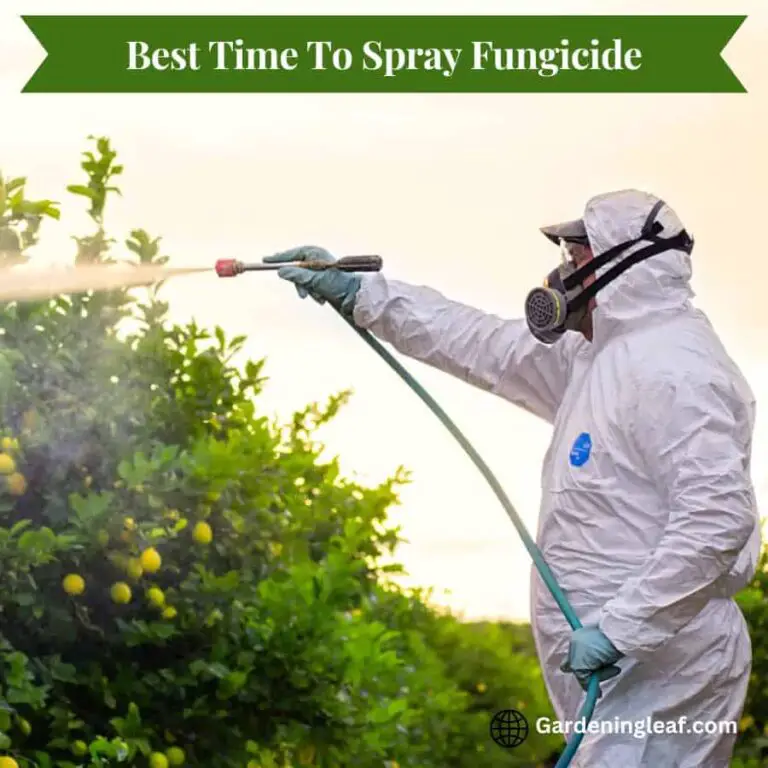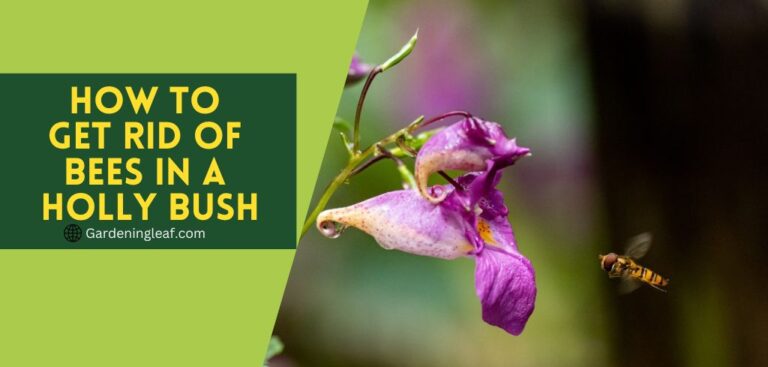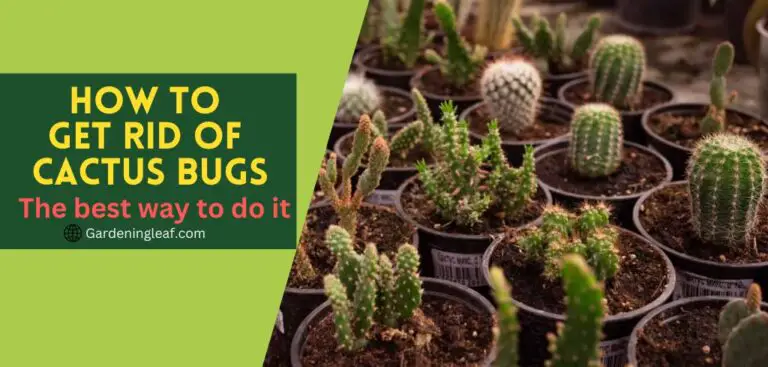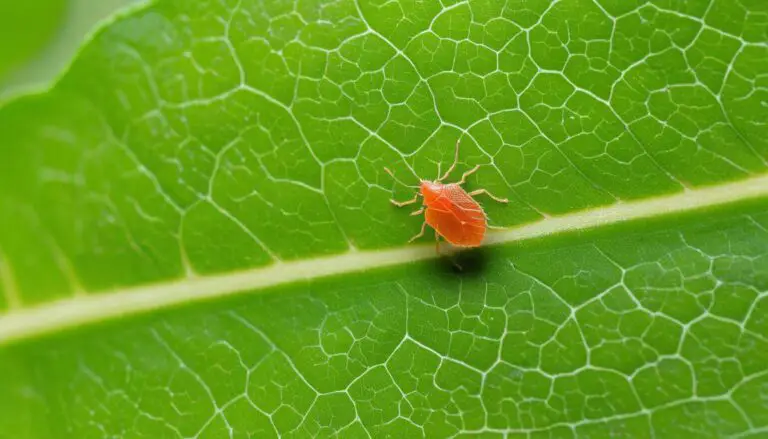How to Get Rid of Cat Tails: 5 Useful Guide
Cattails can be a nuisance. It is not always easy to get rid of. In this article, we’ll show you how to easily get rid of cat tails – with a few common household items. From vinegar to soap, we’ve got you covered!
Pond cattails and other aquatic plants can enhance the aesthetic of any pond or shoreline. Still, if they are allowed to grow unchecked for an extended period, they can take over these areas and turn them into maintenance nightmares. A consistent approach is the best strategy for stopping the uncontrolled spread of weeds. Fortunately, there is an easy way to manage cattails under control. Use these suggestions to learn how to remove cattails from a pond and preserve a spotless shoreline all season.
A typical water plant called cattails stands out due to its unusual appearance: a long brown flower spike with a cigar-like structure. On water bodies, this emergent weed sticks out conspicuously from the water and can be an eyesore.
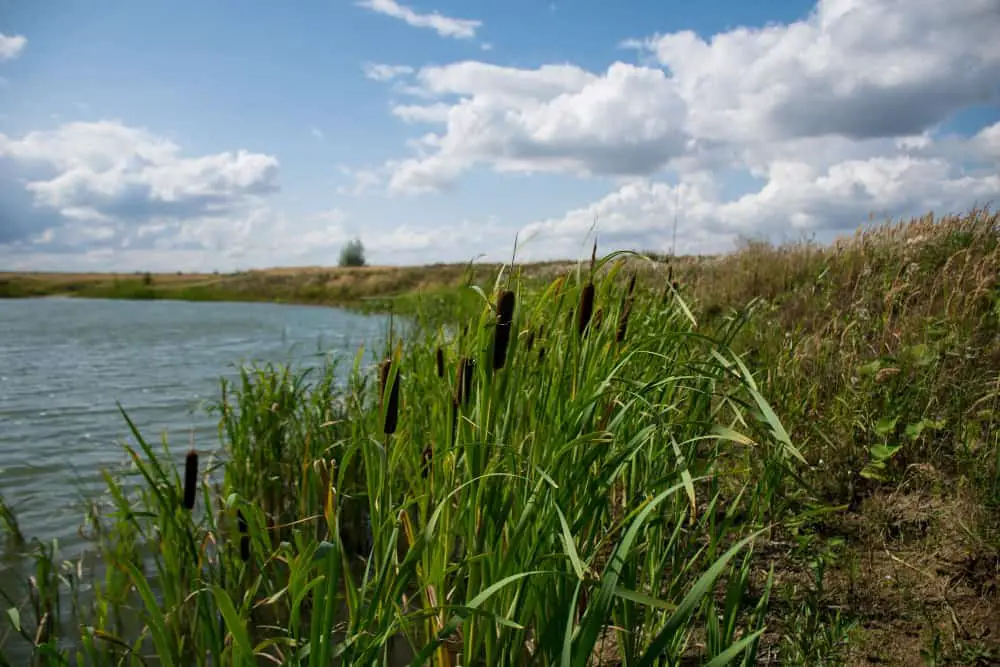
Cattails’ root system allows them to develop and spread swiftly under the right circumstances. They will easily defeat any other plant in a resource-based competition. But, cattails have certain advantages for the ecology, so they are not entirely negative. Wherever they are growing, they offer good habitats for wildlife. The issue emerges when the plant grows to a size where its dense stands can engulf your pond. Ruining its appearance and interfering with pleasure.
Also read: How to Get Rid of Cat Tails
Methods of How to Get Rid of Cat Tails
Manual Removal
Cattails use rhizomes to spread. The rhizomes swiftly produce new plants by sending out more roots in a horizontal direction. Cattails must have their entire root system removed to be effectively removed by digging it up. Manual eradication is most effective when the rhizomes are dug out and cattails are just starting to establish themselves in a pond.
To get rid of the cattails, dig down to the root system. Throw away the cattails. If you need to remove more cattail supports and do so quickly, think about hiring a backhoe.
Chemical Removal
Utilizing aquatic herbicides is the best choice. These are useful when you lack the time or energy to eradicate weeds using the more time consuming methods of control since they work very well.
There are many chemicals available for treating cattails. Follow these steps to eradicate cattails using chemical methods.
Look for a herbicide that has been given the go-ahead for aquatic use and contains one of the active components glyphosate,imazamox, imazapyra, or diquat. These substances work well on cattails. Please be aware that the WHO regards glyphosate as a possible human carcinogen. In certain states and nations, its use is forbidden. Please verify your local laws before handling this substance, and exercise caution.
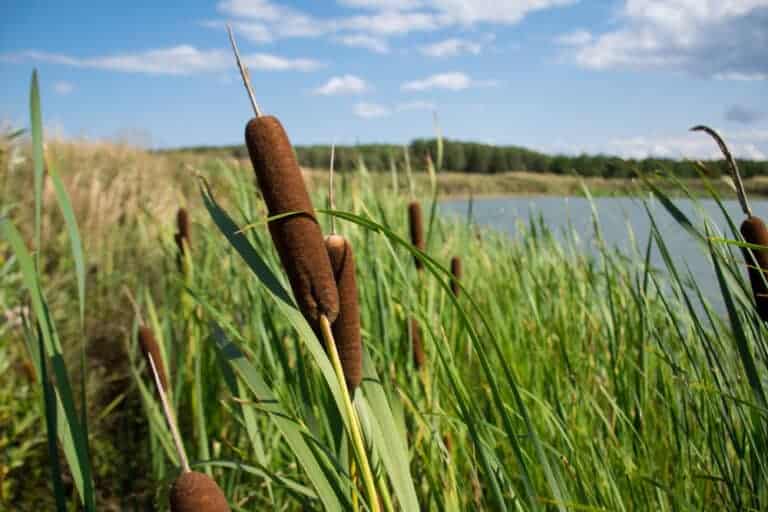
Calculate your pond’s area and volume
Measurement is important to choose the appropriate herbicide dosage for eliminating the cattails. Obtain the pond’s measurements. You ought
to be able to obtain the dimensions from the contractor’s office if a contractor installed the pond. You can find measurements or use aerial images from your local survey control service office to determine your pond size. If not. have the pond surveyed or take your measurements. Chaining and pacing are two techniques you can use on your own without any extra tools. A measuring tape, piece of wood.”
A chain, or rope of a given length, is chained by placing a stake at each end. Stake the earth with the stakes.”
“The same principles apply to pacing, but the known length is your typical stride.”
Measure the area if your pond is roughly square, round, or triangular. Ascertain its shape before applying the proper calculation to find its area.
Determine the volume. A pond’s volume is calculated by multiplying its area by typical depth. Slowly lower a weighted line into the water at several points around the pond to measure the depth. The average depth of the pond can be determined using the depth measurements you have collected. Your average depth will be more precise the more measurements you take.
Also read: How to Get Rid of Ants in the Garden Soil?
Spray the herbicide.
Herbicides work best when applied early in the growing season, in the spring. Now, the cattail plants are smaller, making application simpler. Examine the instructions printed on the herbicide package. Water use limitations will vary between calculations. You should become familiar with these limitations to know when you can use the pond for livestock or enjoyment. Based on the size and volume of your pond. The instructions will also specify the appropriate amount of herbicide to use.
- WEED KILLER: Non-selective herbicide kills listed weeds and grasses...
- ROOT KILLER: Exclusive formula kills to the root within minutes
- RESULTS: Start seeing visual results in as little as 24 hours
After the herbicide starts working, the decay of the dead cattails might cause the dissolved oxygen levels in the pond to drop, killing the fish. If you need to clear a lot of cattails, divide the pond into portions. If you decide to spray your pond in stages, give the previous area 10 to 14 days between applications. This will assist in stabilizing the pond’s dissolved oxygen levels.
Cut the dead cattails.
Before cutting the cattails, give the chemical 10 to 12 days to do its job. You must give the herbicide enough time to kill the root completely. Cut the cattails with a sharp blade or weed whacker. Also, do not cut the tips of the cattails. These will regenerate and create a new plant.
Remove any floating debris, such as leaves, twigs, and branches, before you start to clean up the pond area. This will help reduce the amount of herbicide in soils or waterways and contaminate other areas with weed-killer residue to eliminate cat tails.
Eliminate the dead cattails from the pond.
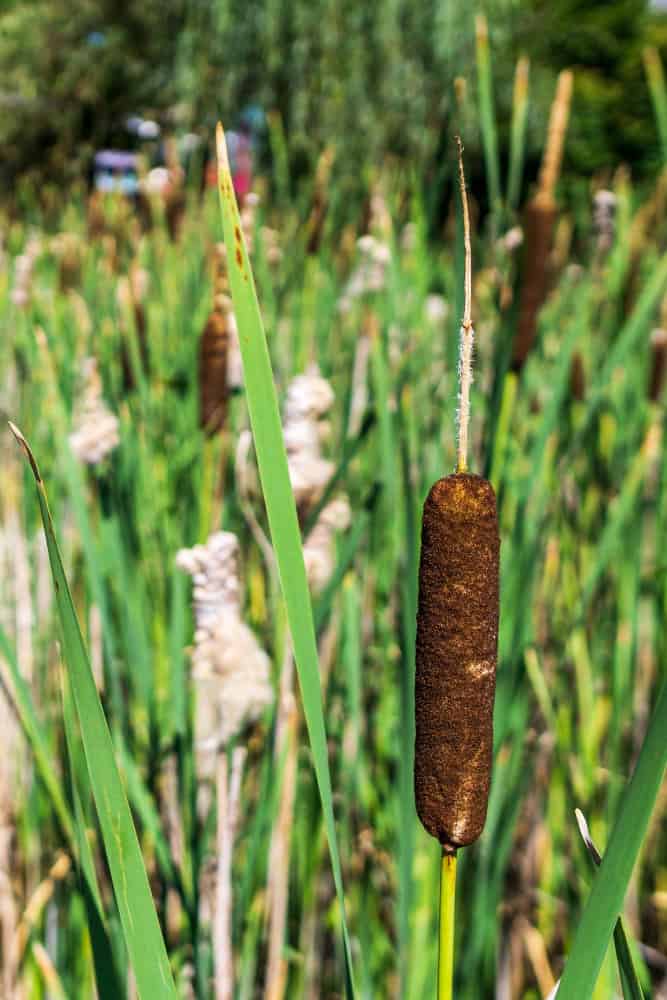
Cattails, but, are best used in moderation, like most things. The fish in your pond. Birds, insects, turtles, frogs, and other animals rely on them for habitat. Protection, and food. By absorbing lead excessive phosphorous, other nutrients, and biological waste from the animals that have made your pond their home, they also offer a certain amount of natural water cleaning. To avoid their choking out your pond and its occupants, you may want to either fully eradicate cattails or take steps to curb their growth.
To keep their development under control. Mark pond cattail containment limits with rocks, landmarks, or other inconspicuous symbols. Cattails that attempt to stray beyond these bounds should be treated and removed. Pond cattails have a strong root system, so it can take several treatments to get them under control. Once you strike a balance and understand how to remove cattails when required, they will enhance your environment and attract animals to your pond.
Also read: How to Get Rid of Purslane in the Garden
Conclusion
Finally, we have come up with a solution how to get rid of cat tails. It is time for you to get rid of your cats’ tails by following the abovementioned steps.


